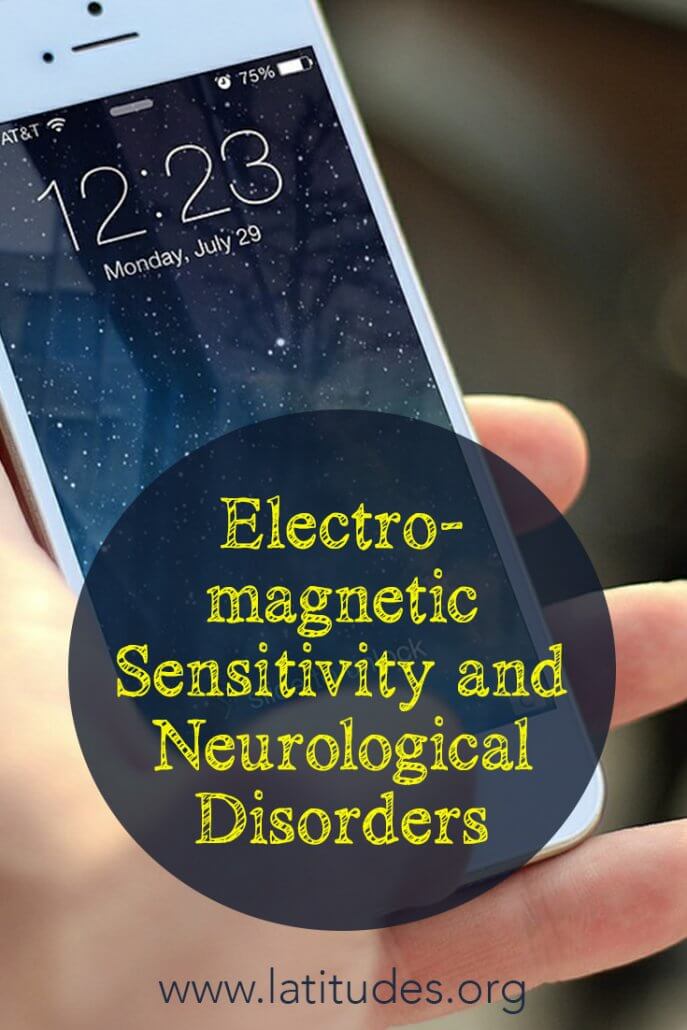A New Look at Electromagnetic Sensitivity and Neurological Disorders
 A friend of mine sends me almost daily e-mails on political issues, international health policies, and environmental regulations. The articles usually receive a quick scan followed by the delete key because there’s just not enough time to delve into all of them. Included in that mix have been articles on electromagnetic sensitivity, often simply referred to as electric sensitivity (ES), and public debate over the safety of cell phone towers and cell phone use.
A friend of mine sends me almost daily e-mails on political issues, international health policies, and environmental regulations. The articles usually receive a quick scan followed by the delete key because there’s just not enough time to delve into all of them. Included in that mix have been articles on electromagnetic sensitivity, often simply referred to as electric sensitivity (ES), and public debate over the safety of cell phone towers and cell phone use.
My interest in the subject began to change several months ago when a man with Tourette syndrome told me that he sometimes had an eye tic when speaking on his cell phone, and switching to an ear piece solved the problem. While doing some research, I came across material on the dangers of common household levels of electromagnetic radiation. And just after this, the director of the World Health Organization made international news by banning activated cell phones from her office because they give her a headache.
When I spoke with the editor of No Place to Hide, an advocacy newsletter sharing information on ES, he told me that he personally knows people whose tics, symptoms of obsessive compulsive disorder, and hyperactivity are aggravated by electrical exposures. America lags woefully behind other developed countries in research on electromagnetic safety issues, and the industry has managed to dodge lawsuits. Yet, studies have linked cell phone use to cancer, and an article in this issue, “The Dark Side of Wireless Technology,” will leave you incredulous.
We need to ask ourselves: should we be blasting high frequency electromagnetic radiation into our children’s developing brains? Should adults set an example by switching to headsets as a matter of routine? Should we start addressing how necessary the use of these phones is in the first place? If we are looking at ways to prevent neurological dysfunction and also help heal central nervous system disorders, the answers to these questions should be obvious.









